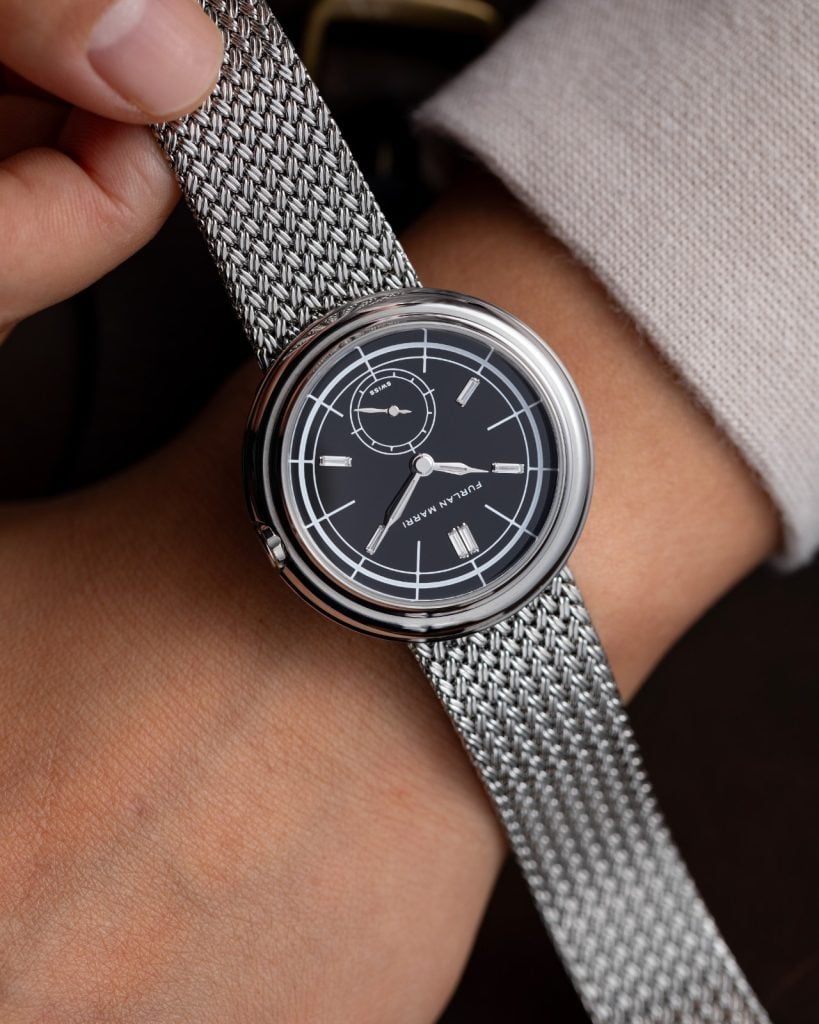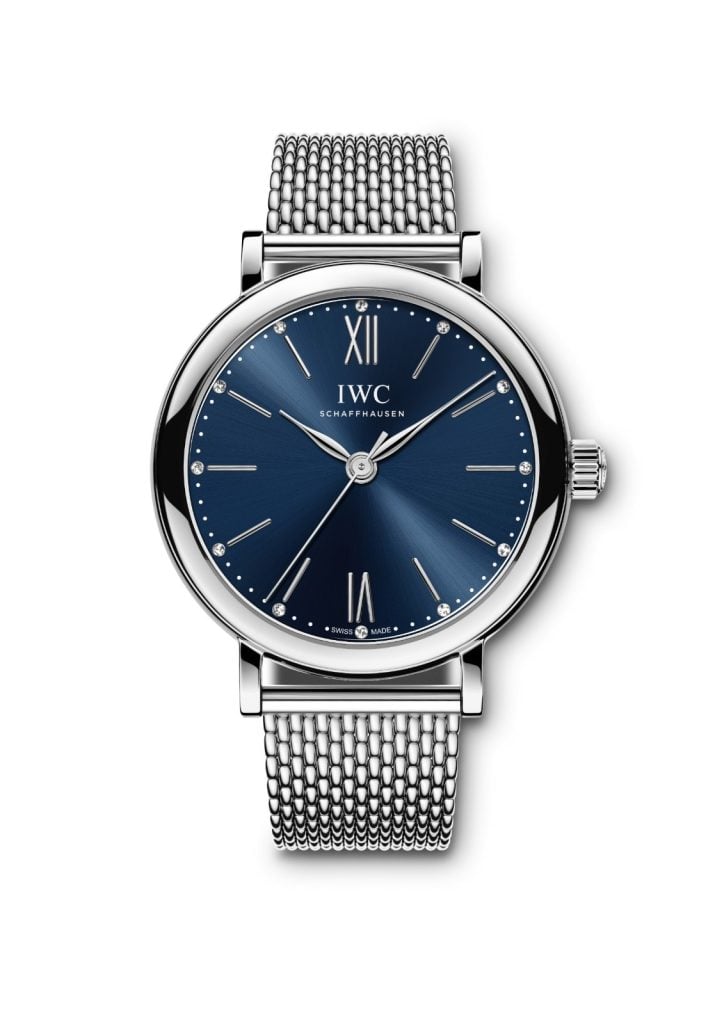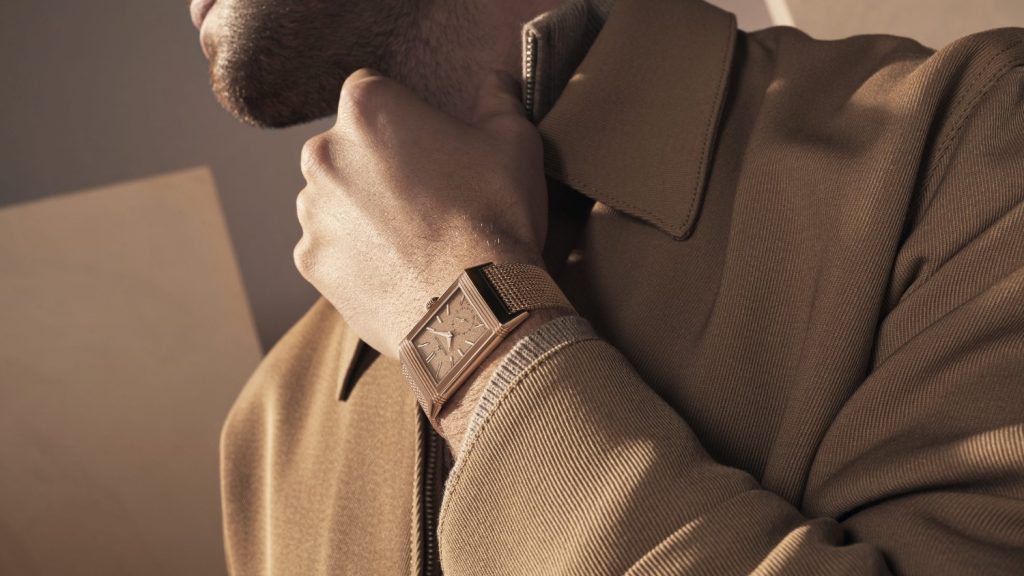The Enduring Allure Of Mesh Bracelets Defines Timeless Craft And Modern Elegance
A celebration of intricate metal artistry that began in the workshops of nineteenth century Europe, mesh bracelets continue to weave beauty with engineering precision, uniting the charm of classic craftsmanship with contemporary sophistication
In the world of fine watchmaking and jewellery, few elements embody both strength and suppleness as gracefully as the mesh bracelet. Woven from strands of metal that flow like fabric, this design has come to represent the rare harmony between craftsmanship and comfort. The story of the mesh bracelet is not only about fashion or horology; it is a tale of innovation, patience and the human desire to transform raw material into wearable art.

The origins of the mesh bracelet can be traced back to the early nineteenth century in Europe, a period defined by mechanical ingenuity and an awakening appreciation for ornamentation in metalwork. It was during this time that jewellers and chain makers in Milan and Germany began experimenting with interlinked wire patterns, creating chains that were both flexible and strong. The technique evolved into what we now recognise as Milanese mesh, a design that quickly captivated craftsmen for its texture and tensile beauty.
Milanese mesh, often referred to as maglia milanese, emerged as a speciality of Italian artisans who combined traditional weaving skills with the technical precision of the early industrial age. Each bracelet was composed of hundreds, sometimes thousands, of minute rings, woven together in a pattern that allowed movement and breathability. Unlike traditional links that relied on hinges or pins, mesh bracelets flowed seamlessly, making them remarkably comfortable on the wrist. The result was an accessory that looked as refined as silk yet was forged in steel or gold.

The twentieth century saw the mesh bracelet rise to prominence in the world of wristwatches. As wristwatches replaced pocket watches, the need for more practical and elegant straps became apparent. Leather bands, though charming, wore out with time, while solid metal links could feel rigid. Mesh offered the perfect compromise. It adapted naturally to the wearer’s wrist, providing both luxury and durability. Iconic watch brands such as Omega, Breitling and IWC embraced this innovation, introducing Milanese mesh bracelets in their classic models during the mid century. The design soon became a symbol of sophistication, often associated with dive watches and dress watches alike.
Creating a mesh bracelet remains a demanding art that blends old world techniques with modern precision. The process begins with fine metal wire, usually stainless steel, titanium, gold or platinum, which is drawn to an exact diameter. These wires are then meticulously woven using specialised looms that replicate the movement of hand weaving. The weave must be perfectly balanced so that the bracelet maintains its structure while retaining flexibility. Once the mesh pattern is complete, the surface is polished, heat treated and shaped to achieve a consistent curve that hugs the wrist with effortless grace.

One of the defining features of a mesh bracelet is its ability to catch light without excess shine. The small interlocked loops create a natural shimmer that moves gently as the wrist turns. The texture feels soft yet substantial, cool against the skin, and reassuringly robust. It is a tactile pleasure that no other bracelet style can quite match. For watchmakers, mesh bracelets also serve as a canvas to display precision, where every millimetre of alignment speaks to the mastery behind the craft.
Beyond horology, mesh has also found a cherished place in jewellery design. From necklaces and bangles to couture accessories, its flexible weave allows designers to sculpt fluid forms that mimic the movement of cloth. In women’s fashion, gold and rose gold mesh pieces have become a timeless expression of understated luxury, while men’s mesh bracelets in stainless steel or blackened titanium convey quiet strength and refinement.
What makes the mesh bracelet truly enduring is its balance of form and function. It is as much an achievement of engineering as it is a work of art. The tradition that began in European ateliers over two centuries ago continues to inspire contemporary artisans who now use computer guided machinery alongside hand finishing techniques. Modern mesh bracelets may incorporate advanced materials, adjustable clasps or even integrated smart components, yet the spirit of their creation remains rooted in craftsmanship.
From the cobbled streets of Milan to the studios of modern watchmakers, the mesh bracelet endures as a timeless weave of history, art and motion — a living thread of craftsmanship that continues to define elegance across generations.